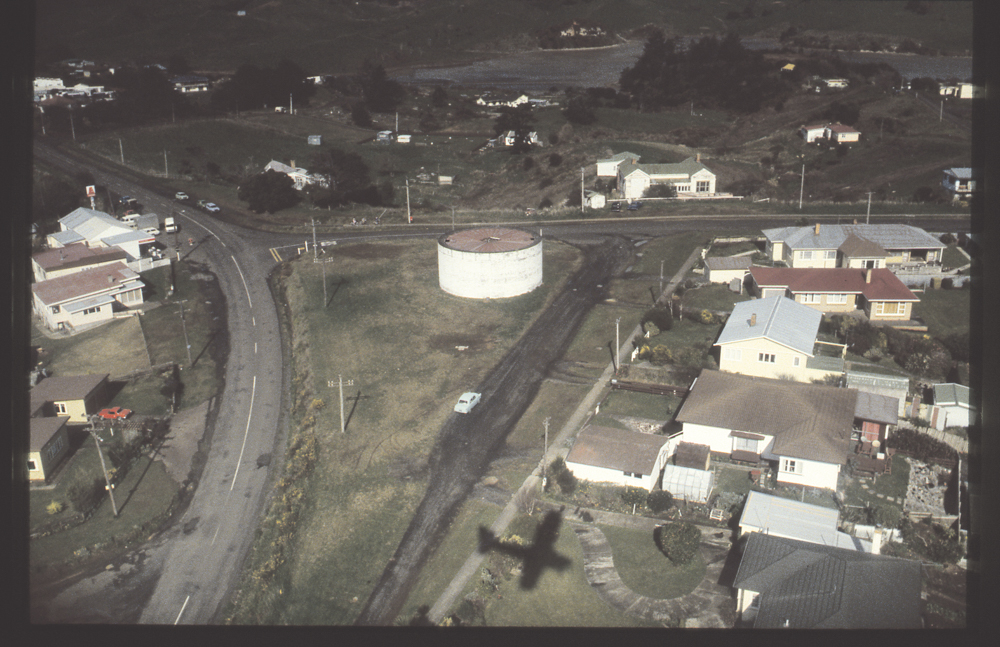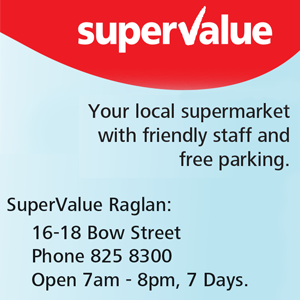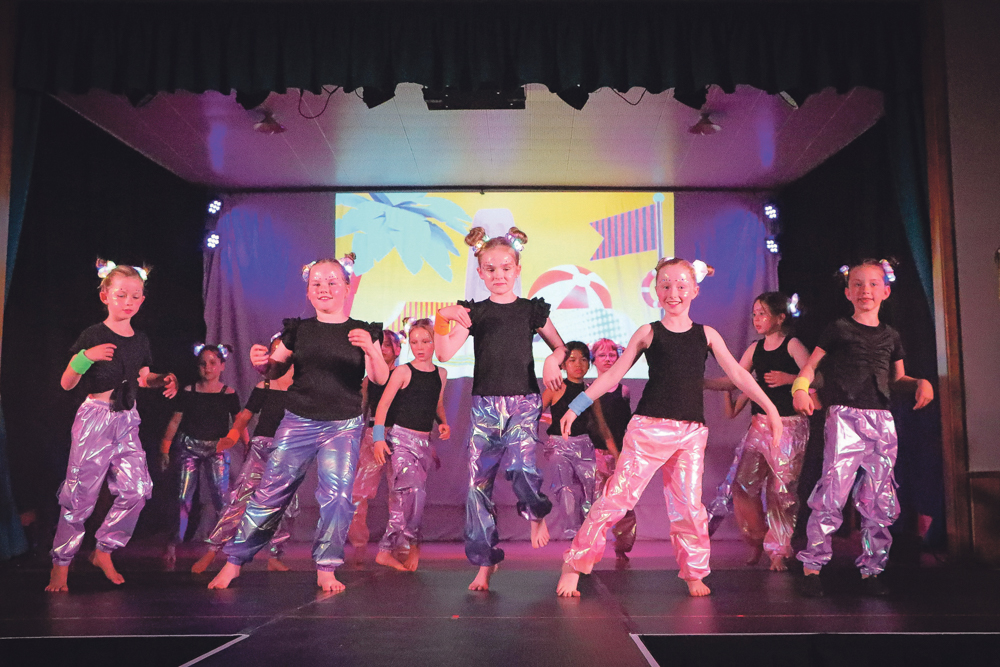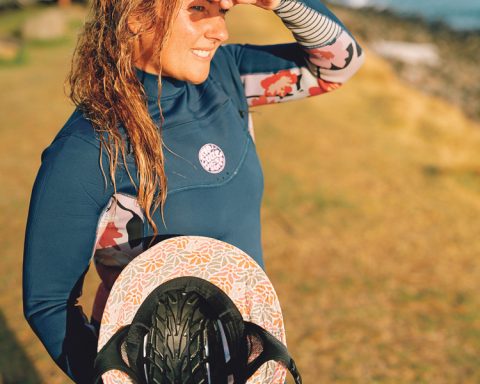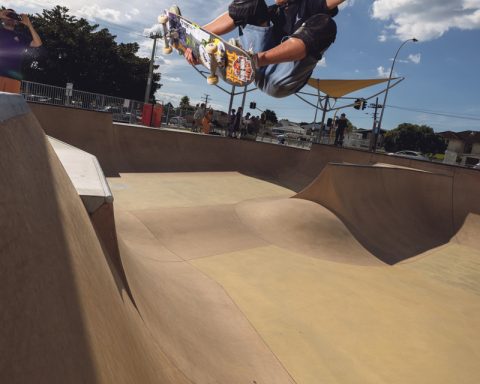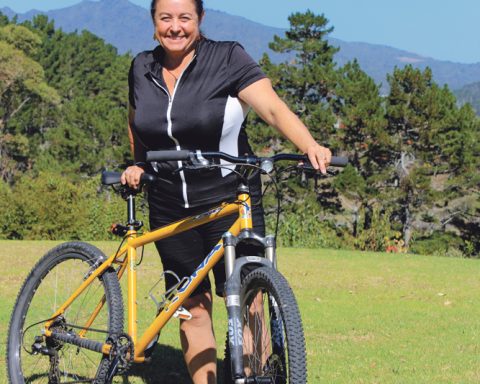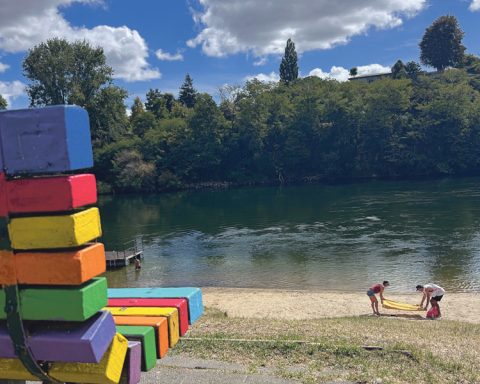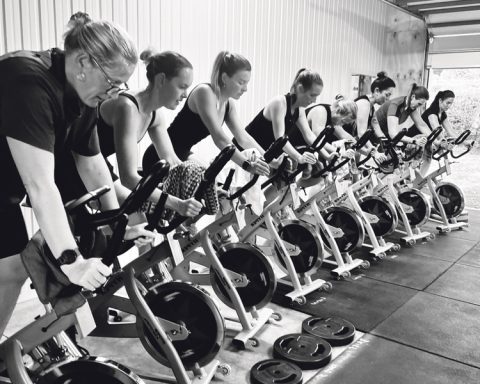Initiated by the Whāingaroa Raglan Destination Management Organisation (WRDMO), the new water tower mural project will be more than just a lick of paint.
Read more: Water history springs to lifeThe history of the town water supply, the importance and history of the whenua (land) to hāpu and iwi, and the original mural are being collected to ensure future generations will know the stories of the past.
Raglan’s water comes from Waipatukahu or Riki Spring between Te Hutewai Rd and Omahina Creek.
Reliable drinking water is the back bone of any community and Raglan has had its fair share of issues.
By the 1930s some residents had their own bores but over half relied on tank water. There were other bores in town, including one behind the Harbour View Hotel and one in Rose Street but both were contaminated with either iron or ammoniacal nitrogen and chlorides.
Ratepayers petitioned the Raglan County Council in 1938 for a water and sewage supply but at that time the council considered the cost too high. It wasn’t until 1949 that another sewage and water scheme was considered, but once again the council decided loan costs were too high.
Despite pollution issues, council put in a new pump at the Rose St bore, which was connected to the low areas of town and the camping ground. Not able to pump enough to service the area, a new bore was drilled at Warihi Park in 1959. It was abandoned in 1962 due to problems with flow, and gas in the water.
In the meantime, in 1961, council finally agreed to borrow the £62,000 for a pump to lift the Riki Spring water to tanks that would gravity-fed a newly-built concrete tank on Bow St.
With mains supply still not connected, a four-week drought in October 1963 resulted in council carting water to fill empty tanks and by Christmas household tanks were being filled by long hoses connected to the half-finished mains.
Finally, in July 1964, the first householders were invited to apply for mains supply. An additional reservoir was built in the Cornwall Rd quarry in 1981 to cope with demand.
The WRDMO are keen to fill in gaps in the water tower’s history. If you have information or photos from the different time periods, please email jacqueline@raglanihub.nz.
Water Fun Facts
About 42-km of pipes distribute the water to the Bow St and Cornwall Rd tanks.
The Water Services Act 2021 required all councils to provide chlorine for public drinking water supplies.
The Riki Spring’s capacity is 4,800 m3 per day.
Raglan’s tap water was judged the best tasting in New Zealand in 2018, fighting off competition from 15 other councils.
Raglan’s water supply is stored in three water towers – above Riki Spring, at Bow St, and Cornwall Road.
The 2016 Christchurch earthquake shook Riki Springs and residents were asked to boil water for several days.
